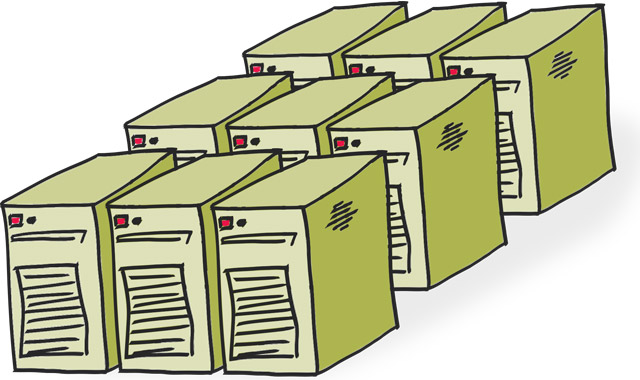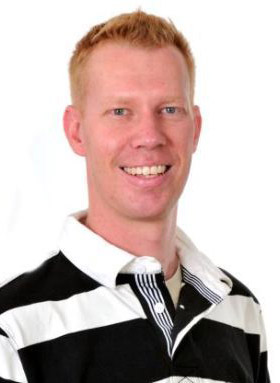
Imagine accessing supercomputing infrastructure over the Internet? A small South African company, based at Wits University in Johannesburg, is doing just that, providing some of the country’s biggest companies — and universities around the world — with access to infrastructure capable of crunching vast amounts of data and creating real-world simulations.
Started out of a small facility at Wits University in 2008, it’s the brainchild of electrical engineer Renier Dreyer.
Clients include Anglo American Exploration, De Beers, Wits University, Poynting and Eskom’s Specialisation Centre in Combustion Engineering. Universities in the US, Korea and Brazil also make use of the service.
Dreyer started his career at Poynting, a global antenna supplier, working in its electromagnetic simulation software division. While there, he worked out how supercomputers could be used to solve complex challenges.
The start-up business received funding from Anglo Zimele, Anglo American’s enterprise development arm.
Dreyer lectures part time at Wits University to fourth-year electrical engineering students and holds a PhD in electrical engineering.
“The company is based at Wits University and started off with just 50 computers,” he says. Students are allowed to work on them and gain first-hand experience using supercomputer infrastructure.

It took a long time to build the infrastructure, Dreyer says. “We make use of custom-built nodes. Each node comprises Intel Core i7-based machines with 32GB of RAM. Our current infrastructure allows for users to choose 320 cores per simulation, but our expanded infrastructure will allow for several thousand cores per simulation.”
CrunchYard can run most multiprocessor-capable simulation software systems. Custom applications are also available to approved users.
CrunchYard essentially offers an engineering simulation service over the Internet on a pay-per-use basis, says Dreyer. The service allows scientists and engineers to submit simulations via the Web. Both big and small business can access the service at a fraction of the cost that would be involved in hosting their own supercomputers. Being Web-based, it can also be accessed from almost anywhere in the world.
The system has been used for fields as diverse as exploration geophysics, fluid dynamics and even swimwear design, says Dreyer.
Its effectiveness lies in being able to process large volumes of data quickly. For example, Anglo American gathers data on the ground using antennae and uploads this to the supercomputers for processing. In turn, the software spits out the likely best spots to drill, and indicating the kind of infrastructure needed for the job. This can save millions.
Other uses include being able to determine the effectiveness and usability of a newly designed aircraft wing, before it’s actually built, says Dreyer. And Eskom is conducting simulations on how to burn coal better.
“We also offer mobile units for simulations that are too big or sensitive to be transferred over the Internet. This means the client gets the benefit of on-demand simulations, combined with the security of the computers on their premises,” says Dreyer. — © 2015 NewsCentral Media




